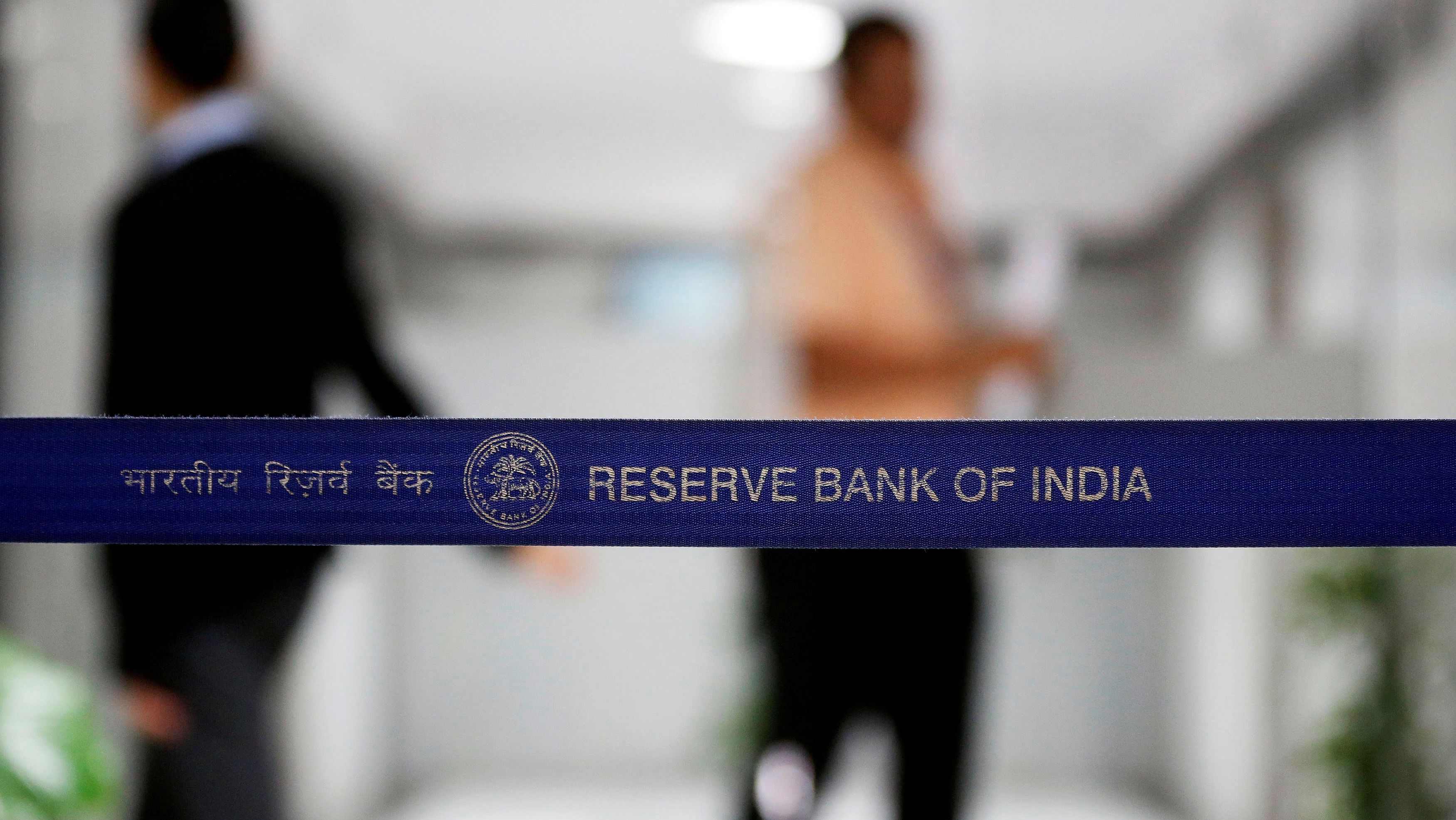
Business
11:07, 05-Oct-2017
India central bank holds rates, cuts growth outlook amid slowdown
CGTN

India's central bank held interest rates at a seven-year low on Wednesday as it downgraded growth forecasts for Asia's third largest economy amid a slowdown following recent high-profile reforms.
The Reserve Bank of India (RBI) said the benchmark repo rate - the level at which it lends to commercial banks - would remain unchanged at 6.0 percent. The decision was in line with analysts' expectations.
"The MPC has decided to keep the policy rate unchanged and decided to keep policy stance neutral and monitor incoming data closely," RBI said in a statement following a meeting of its Monetary Policy Committee in Mumbai.

The Reserve Bank of India (RBI) Governor Urjit Patel attends a news
conference after the bi-monthly monetary policy review in Mumbai, India on October
4, 2017. /REUTERS/Shailesh Andrade
The Reserve Bank of India (RBI) Governor Urjit Patel attends a news conference after the bi-monthly monetary policy review in Mumbai, India on October 4, 2017. /REUTERS/Shailesh Andrade
Prime Minister Narendra Modi sought to allay slowdown concerns, saying his government's performance must not be judged based on just one quarter.
"Some people like spreading pessimism based on just one quarter of slowdown. It is not the first time that the growth figures have come down," he said during a public address in New Delhi.
"It is true that after clocking an average growth of 7.5 percent in the past three years, there was a dip in this April-June quarter. But this is also true that the government is committed to reverse this trend."
"Our economic fundamentals are strong. We have taken important reform measures and this process will continue. We will keep taking every step needed to accelerate growth and investment," he said.
Reforms and slowdown
India was the fastest growing major economy in the world last year, clocking 7.1 percent GDP growth during the first quarter. But since then Modi has rolled out two large economic reforms: the introduction of a goods and services tax (GST), and the snap withdrawal of most of India's high-value banknotes from circulation.
Economic growth slumped to 5.7 percent for the first quarter of the current financial year, with analysts blaming the controversial note ban and citing the transition to GST.
The new tax aims to transform the nation of 1.3 billion people and its 2 trillion US dollars economy into a single market. Experts say it is likely to spur economic growth in the long run but has delivered an initial shock to the economy as businesses adjust.
"Teething problems linked to the GST... may get resolved relatively soon, allowing growth to accelerate," the RBI said as it trimmed India's expected growth for the year.

India's Prime Minister Narendra Modi speaks during the inauguration ceremony of
the 'Make In India' week in Mumbai, India on February 13, 2016. /REUTERS/Danish
Siddiqui/File photo
India's Prime Minister Narendra Modi speaks during the inauguration ceremony of the 'Make In India' week in Mumbai, India on February 13, 2016. /REUTERS/Danish Siddiqui/File photo
"The projection of real GVA growth for 2017-18 has been revised down to 6.7 per cent from the August 2017 projection of 7.3 per cent," the statement said.
GVA is different from GDP, the measure typically used to show a country's economic growth. However, it is indicative of how the GDP could move, although not by the same amount. The downgrade comes after global ratings agency Fitch trimmed its GDP forecast from 7.4 to 6.9 percent.
The RBI said it was committed to keeping inflation close to four percent and cited a recent spike as a reason to sit tight on rates. "India's inflation has gone up in recent months and the economy has slowed down, therefore narrowing room for any rate cuts," Sujan Hajra, chief economist at Anand Rathi Securities, told AFP.
The RBI cut the main interest rate by 25 basis points to 6.0 per cent in August, the lowest level since September 2010. A survey by Bloomberg News this week found that economists expect the rate to remain unchanged for the rest of 2017.
Slow investment rate behind sluggish growth rate
C. Rangarajan, former governor of the RBI, when explaining the reason behind the slow growth rate, said that a slowing investment rate was the reason behind sluggish growth rate in India.
“In 2007-08, when the economy was growing at 8 percent, the investment rate was 38 percent of GDP, but today it is 27 percent. It is the decline in investment rate that has led to the decline in growth rate,” he said while speaking at a public event.
Source(s): AFP

SITEMAP
Copyright © 2018 CGTN. Beijing ICP prepared NO.16065310-3
Copyright © 2018 CGTN. Beijing ICP prepared NO.16065310-3